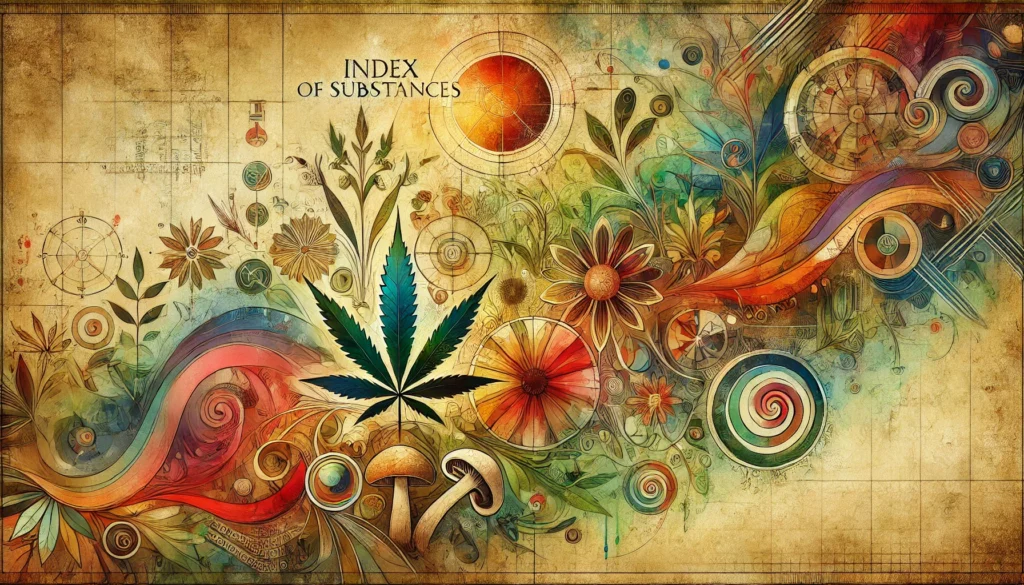
Throughout history, humans have cultivated a deep connection with mind-altering substances, exploring their potential for healing, spiritual awakening, and recreation. From ancient rituals involving sacred plants like cannabis and peyote to the discovery of modern synthetics like LSD and MDMA, our fascination with these substances transcends time and culture. We’ve curated a list of drugs people use for your edification and entertainment. so you can dive into this rich timeline of humanity’s relationship with nature’s pharmacopoeia and groundbreaking discoveries, and join the conversation about growing, understanding, and reclaiming these age-old traditions. I have categorized them by source (i.e. substances derived from plants, fermentation-based substances, etc.) All of this information is available on the internet, but for some of the more esoteric substances (like blue lotus), I recommend this book.
1. Psychoactive Plants and Fungi
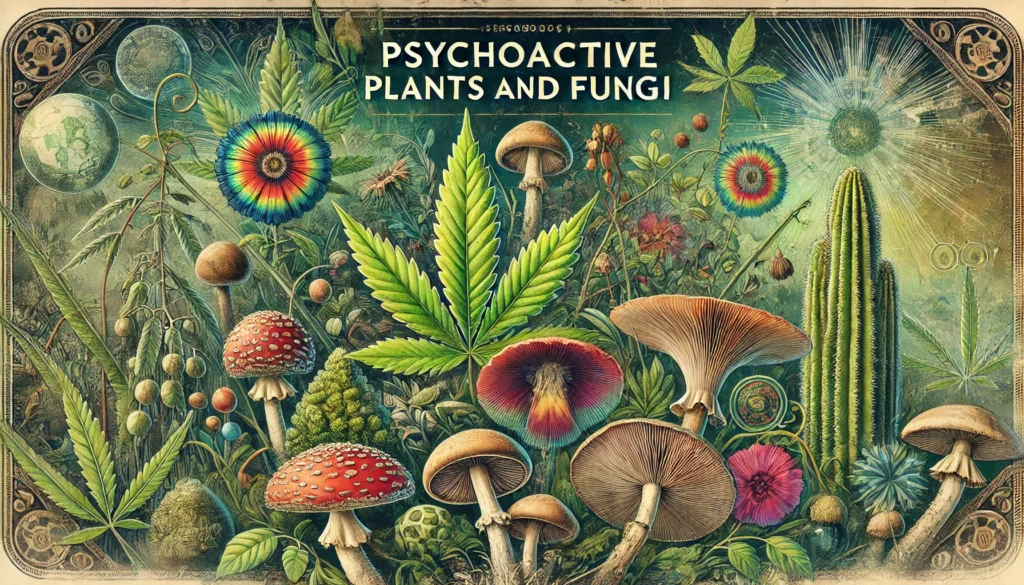
For thousands of years, humans have turned to the natural world for substances that alter perception, enhance rituals, and explore consciousness, which is why psychoactive plants and fungi tops the list of drugs people do. This section delves into the diverse world of psychoactive plants and fungi—sacred allies in ceremonies, spiritual awakenings, and traditional medicine across cultures.
- Cannabis – Used as early as 2700 BCE in ancient China for medicine and textiles.
- Opium (Poppy) – Consumed in ancient Mesopotamia and Egypt for pain relief and euphoria.
- Coca Leaves – Chewed by indigenous Andean cultures for energy and stamina.
- Psilocybin Mushrooms – Used in Mesoamerican religious rituals.
- Peyote (Mescaline) – Central to Native American spiritual ceremonies.
- Ayahuasca (DMT) – Brewed by Amazonian tribes for shamanic rituals.
- Betel Nut – Chewed in Asia for a mild stimulant effect.
- Khat – A traditional stimulant in East Africa and the Arabian Peninsula.
2. Alcohol and Fermented Beverages
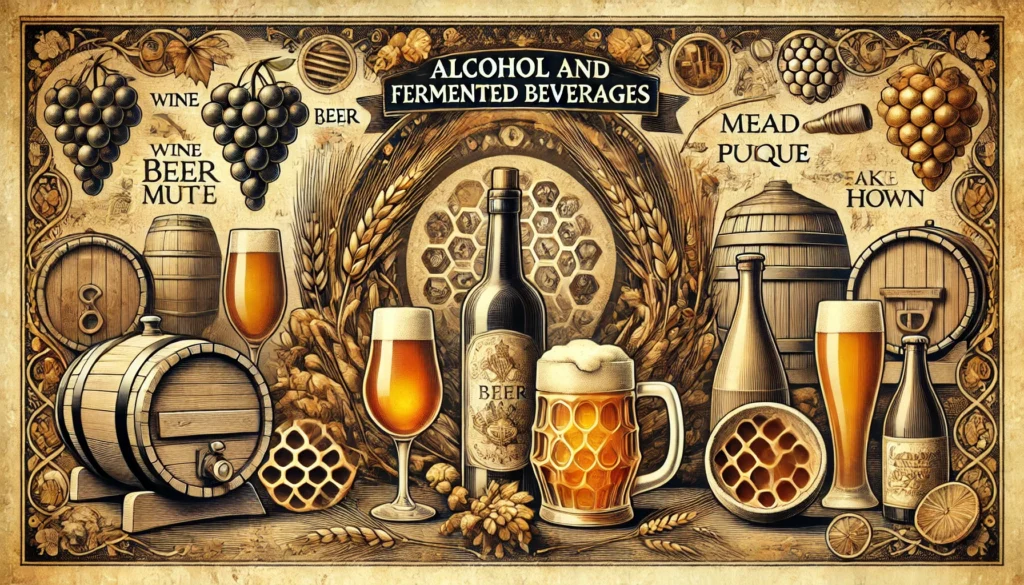
From ancient brews to modern distilleries, fermentation has played a pivotal role in human history, making alcohol and fermented beverages number two on our list of drugs people do. Alcoholic beverages have been staples of celebration, ritual, and daily life for millennia. Explore the origins, cultural significance, and evolution of these age-old drinks.
- Wine – Dating back to at least 6000 BCE in the Caucasus region.
- Beer – Brewed by the Sumerians around 4000 BCE.
- Mead – An ancient honey-based alcoholic drink.
- Sake – A traditional Japanese rice wine.
- Pulque – A fermented agave drink consumed by the Aztecs.
3. Natural Stimulants
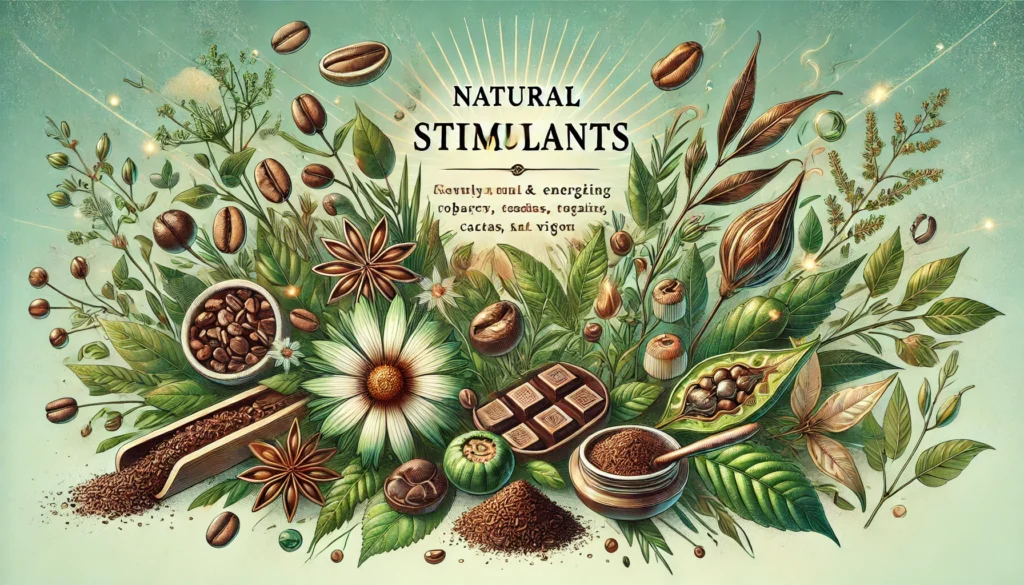
Nature offers its own energy boosters, from the coffee bean that fuels mornings to the cacao pod cherished by ancient civilizations. This section uncovers the world of natural stimulants, their cultural importance, and their role in shaping human activity.
- Coffee – First cultivated in Ethiopia and popularized in the Middle East.
- Tea – Originating in China over 3000 years ago.
- Tobacco – Smoked or chewed by Native Americans for ceremonial purposes.
- Cacao (Chocolate) – Sacred among the Maya and Aztecs.
- Cocaine – Extracted from coca leaves in the 19th century.
4. Synthetic and Refined Substances
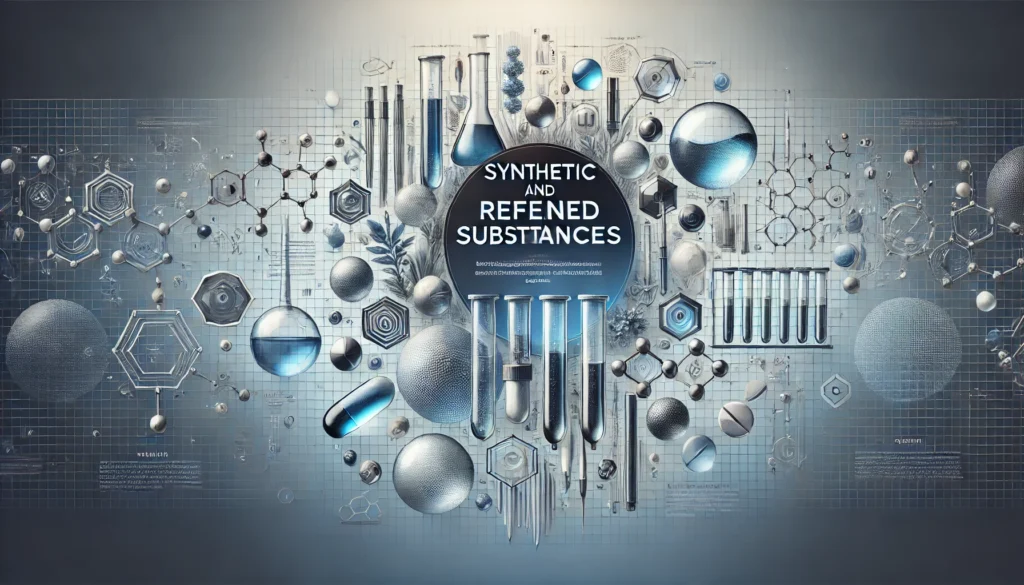
With the advancement of science, humans have learned to refine, enhance, and even synthesize substances for therapeutic, recreational, and experimental purposes. From both a technical and a practical perspective, there is no difference between a “natural” morphine molecule and a synthetic one. Dive into the history and impact of these innovations, from early discoveries to modern breakthroughs.
- Morphine – Isolated from opium in the 19th century.
- Heroin – Developed as a painkiller in the late 1800s.
- LSD – Synthesized in 1938 and popularized in the 1960s counterculture.
- MDMA (Ecstasy) – Initially developed in 1912 and rediscovered in the 1970s for therapy.
- Methamphetamine – First synthesized in Japan in 1893.
5. Inhalants and Gases
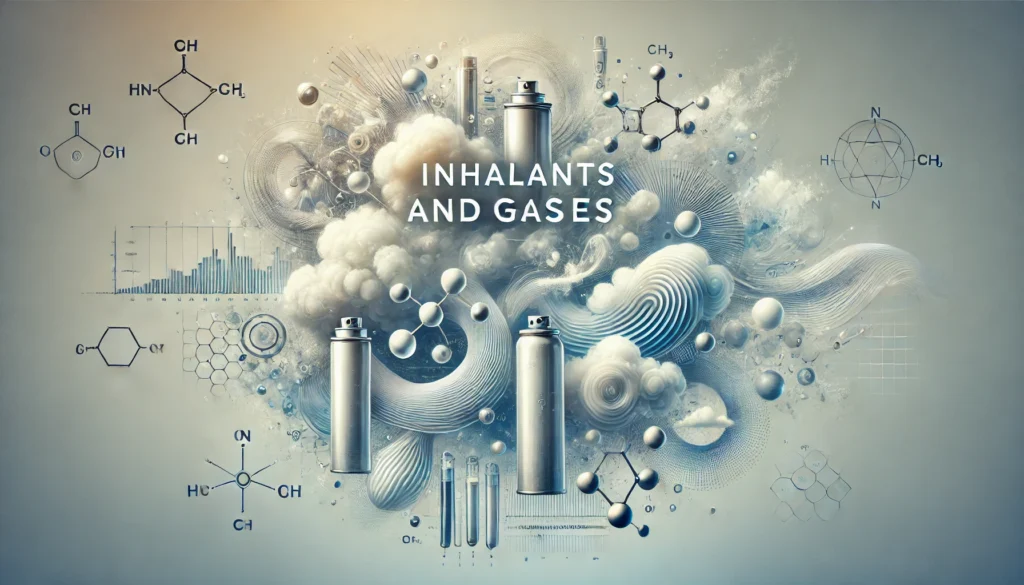
Sometimes, it’s what’s in the air that alters our perceptions. Inhalants and gases have been used for everything from recreational highs to medical applications. This section explores the fascinating ways humans have harnessed these invisible substances.
- Nitrous Oxide (Laughing Gas) – Used recreationally and medically since the late 1700s.
- Ether – Popular as a recreational inhalant in the 19th century.
6. Other Culturally Specific Substances
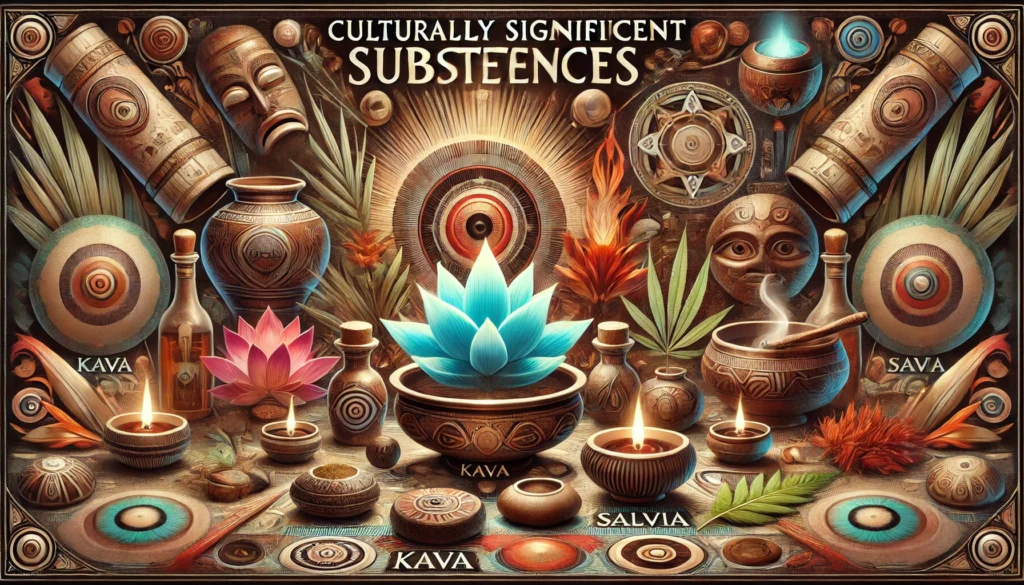
Some substances are far more than their effects—they are embedded in the identities and rituals of the cultures that revere them. Explore the traditions, spirituality, and deep meaning behind substances that have shaped the fabric of civilizations.
- Blue Lotus – Used in ancient Egypt for its sedative and aphrodisiac effects.
- Salvia Divinorum – A powerful hallucinogen used by Mazatec shamans in Mexico.
- Kava – A ceremonial drink in the Pacific Islands.
- Henbane – Used in medieval Europe for its psychoactive and hallucinogenic effects.
- Fly Agaric (Amanita muscaria) – A hallucinogenic mushroom used by Siberian shamans.
This list isn’t complete. Bookmark this page, and check back for updates! In the meantime, why don’t you check out one of our other posts?